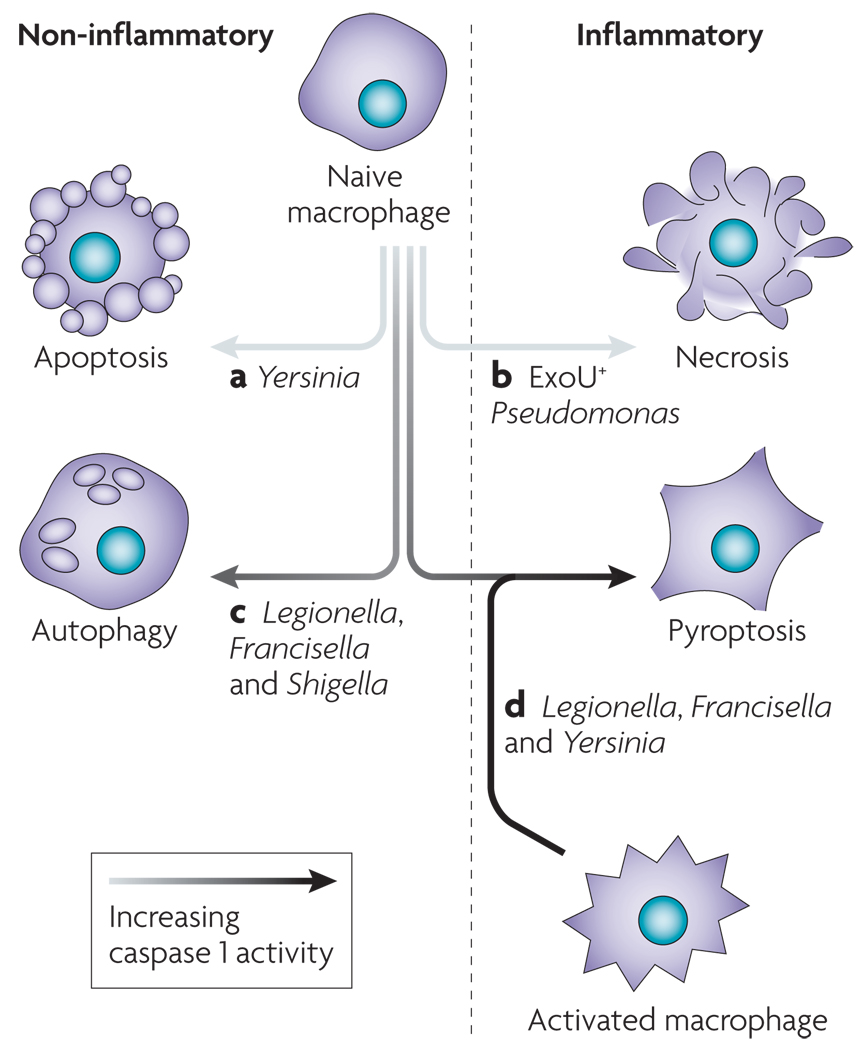Figure 5. Susceptibility to pyroptosis is governed by pathogen and host modulation of caspase 1 activation.
Pathogens have mechanisms for modulating cell death by inhibiting caspase 1 activation or inducing an alternative form of cell death that is more conducive to their continued replication. Yersinia (a) and Pseudomonas (b) translocate type III secretion effectors, resulting in apoptosis and necrosis, respectively. Pathogens can fail to induce robust caspase 1 activation owing to suboptimal ‘danger’ signal production by the pathogen (c). In addition, host mutations may not allow sufficient levels of caspase 1 activation to trigger pyroptosis. These infected macrophages often display features that are consistent with autophagy. Robust production of caspase 1-activating ligands by Legionella during infection of a susceptible macrophage triggers pyroptosis (d). Not all cells are uniformly susceptible to pyroptosis, and macrophage activation enhances caspase 1 activation (FIG. 4) in response to Yersinia and Francisella infection, which do not stimulate pyroptosis in naive macrophages.

